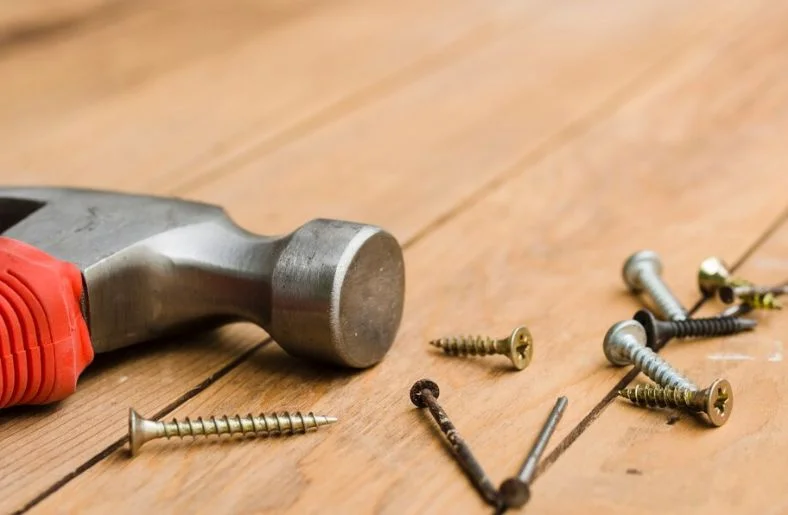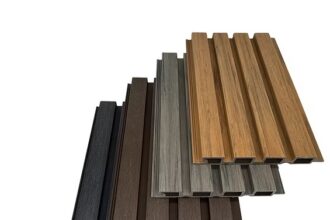Introduction to the 623-483-04 6 Lobe Screw
When it comes to fastening solutions, the 623-483-04 6 lobe screw stands out as a true game changer. Whether you’re working on intricate machinery or assembling furniture, this precision-engineered fastener offers unrivaled reliability and strength. But what makes the 6 lobe design so special? As we dive into its history, advantages, and applications, you’ll discover why this little screw packs such a powerful punch in various industries. Get ready to unleash the potential of the 623-483-04!
History and Evolution of the 6 Lobe Screw
The 6 lobe screw, often referred to as a Torx screw, emerged in the late 1960s. Designed for precision and efficiency, its unique shape was a response to the limitations of traditional fasteners.
Initially developed by Camcar Textron, this innovative design aimed to reduce slippage during installation. The six lobes provide better grip compared to Phillips or flat-head counterparts.
Over the years, it gained popularity across various industries. Manufacturers recognized that with its superior torque capability came enhanced durability in demanding environments.
As technology advanced, new variations surfaced. Today’s screws can be found in numerous sizes and materials tailored for specific applications. This evolution reflects an ongoing commitment to improving fastening solutions while meeting industry needs effectively.
Advantages of Using a 6 Lobe Screw
The 6 lobe screw design offers remarkable advantages that set it apart from traditional fastening solutions. Its unique shape allows for enhanced torque transfer, leading to a tighter and more secure fit. This is essential in applications where reliability is non-negotiable.
Another benefit lies in its resistance to stripping. The 6-lobe configuration minimizes the risk of wear over time, ensuring longevity in high-stress environments. Additionally, this design promotes efficient assembly and disassembly, saving valuable time during maintenance.
These screws also accommodate various drive tools, making them versatile across different projects. Whether you’re working with machinery or electronics, the adaptability of the 623-483-04 ensures compatibility with your toolset.
Furthermore, their aesthetic appeal shouldn’t be overlooked. The sleek look of a well-installed 6 lobe screw adds a professional touch to any project while maintaining functional integrity.
Types of 623-483-04 Screws and Their Uses
The 623-483-04 6 lobe screw comes in various types, each designed for specific applications. Understanding these variations helps you choose the right one for your project.
One popular type is the standard 623-483-04 screw, ideal for general assembly tasks. Its robust design ensures a secure fit, making it perfect for industries where reliability is paramount.
Another variant includes screws with different finishes like zinc or black oxide. These coatings enhance corrosion resistance and aesthetics, suitable for automotive and outdoor applications.
Specialized screws also exist with varying lengths and thread patterns tailored to unique machinery requirements. This adaptability makes them indispensable in manufacturing settings where precision matters.
Tamper-resistant versions add an extra layer of security in public installations, preventing unauthorized access while maintaining functionality. Each type plays a crucial role across diverse sectors.
How to Properly Install a 623-483-04 6 Lobe Screw
Proper installation of a 623-483-04 6 lobe screw is crucial for optimal performance. Start by selecting the right driver to ensure a snug fit in the screw’s head.
Before inserting, check that the materials you’re fastening are aligned correctly. This will prevent any misalignment during tightening.
Next, insert the screw into its designated hole and apply steady pressure while turning clockwise. Avoid using excessive force; overtightening can damage both the screw and surrounding material.
If resistance is felt, stop immediately and reassess your position. Sometimes backing off slightly before attempting again can help achieve a better grip.
Always inspect your work after installation. Ensure that there’s no wobble or play in your assembly for enhanced durability and reliability in applications. Proper technique makes all the difference when working with precision fasteners like these screws.

















